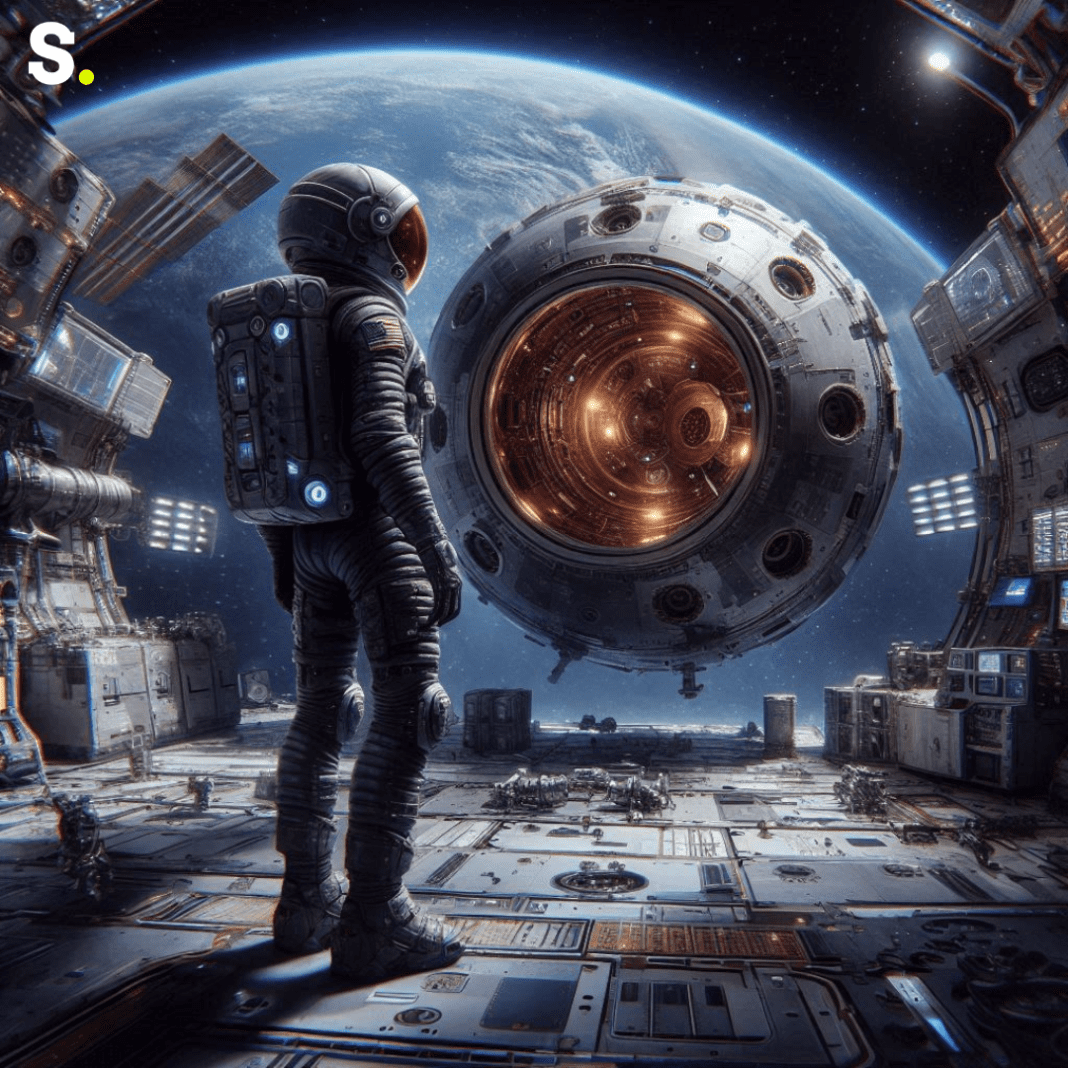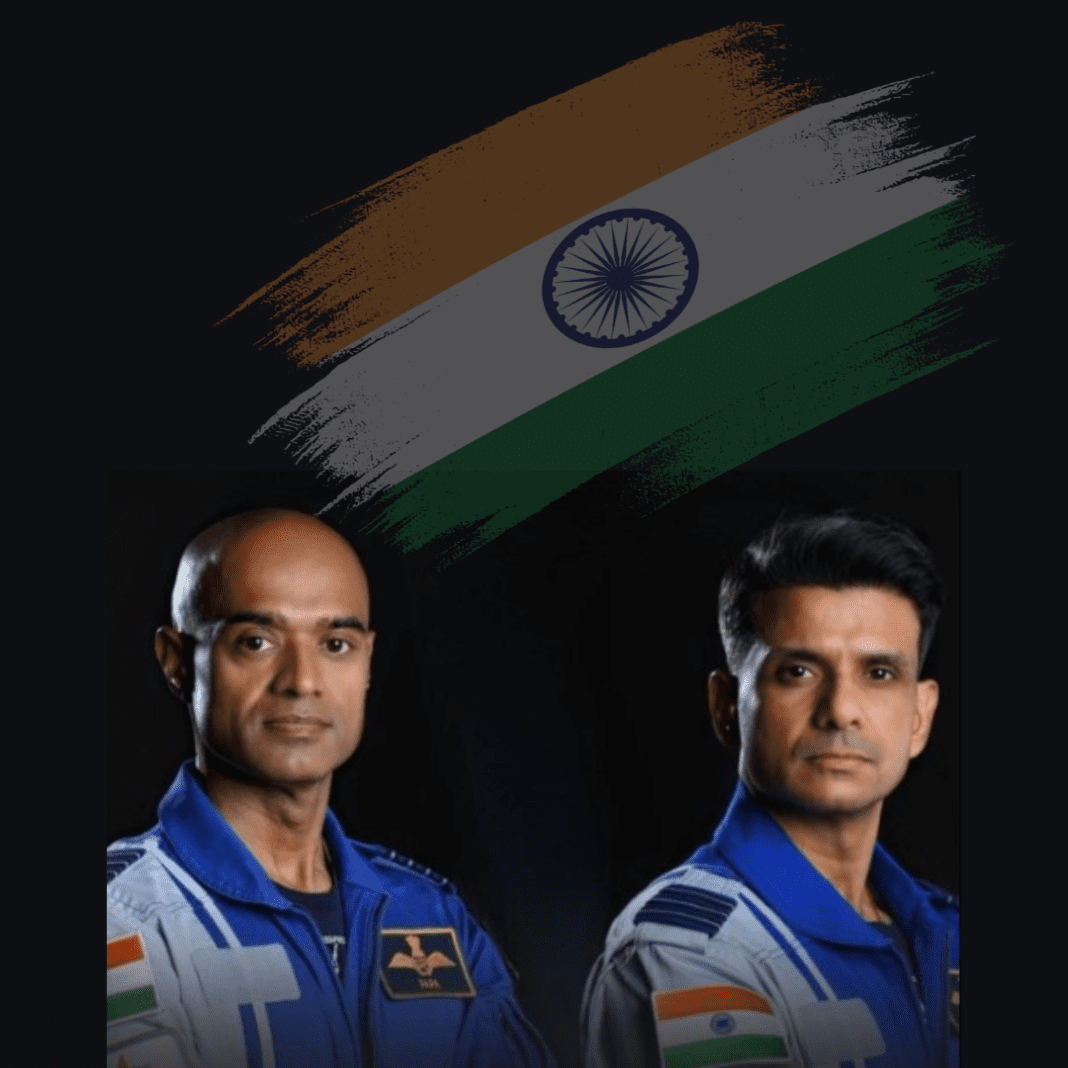Starliner Crew Delayed and Stuck in Space
NASA has decided to delay its next astronaut launch to give more time for troubleshooting issues with the Boeing Starliner capsule. The Boeing Starliner crew, Butch Wilmore and Suni Williams, have been stuck at the International Space Station (ISS) because of problems with their capsule. Originally, they were supposed to return to Earth in mid-June, but they are still at the space station two months later due to leaks in the capsule. To ensure their safe return, NASA is postponing SpaceX’s next mission from this month to September 24 at the earliest.
The delay gives NASA and Boeing additional time to thoroughly investigate and fix the issues with the Starliner. These issues are critical because the safety of the astronauts is the top priority. Being in space longer than planned can pose challenges, but the astronauts are trained to handle extended missions.
Troubleshooting Starliner Capsule Issues
NASA and Boeing are working together to assess and fix the issues with the Starliner capsule. This capsule experienced problems with its thrusters and a helium leak in its propulsion system after its June liftoff. This launch was a significant event because it was the Starliner’s first mission carrying astronauts. The thrusters failed before the capsule arrived at the space station on June 6, but all but one of the thrusters came back online after further testing on the ground and in space. Boeing remains confident in the Starliner’s ability to bring the astronauts back to Earth safely.
Over the past several weeks, Boeing has conducted numerous tests to understand and resolve these problems. These tests include firing the thrusters both on the ground and in space to gather more data. The goal is to ensure that the thrusters work perfectly and that the helium leak is fully contained. The company is determined to demonstrate that the Starliner is reliable and can safely complete its mission.
“NASA and Boeing continue to evaluate the spacecraft’s readiness, and no decisions have been made regarding Starliner’s return,” NASA said in a statement. Further details were expected at a news conference set for Wednesday.
Docking Port Dilemma
The ISS has two docking ports for US astronaut capsules, and both are currently occupied. One of these ports must be vacated to address the delay before SpaceX can launch its next crew. This delay also means that the four astronauts who arrived at the space station with SpaceX in March will have to stay longer than planned due to the docking port issue.
The ISS, a hub of international space collaboration, has limited parking spots for incoming capsules. These docking ports are like parking spaces where spacecraft can attach securely to the station. Since both ports are in use, one needs to be freed up to accommodate the new SpaceX mission, causing a delay in the timeline for future arrivals.
Russia, which also sends crews to the ISS, has separate docking ports for its Soyuz capsules. This international cooperation helps manage delays and ensures that the space station remains fully operational with various spacecraft supporting different missions.
NASA signed contracts with Boeing and SpaceX to provide astronaut taxi services after retiring its space shuttles in 2011. These contracts were designed to ensure a backup in case one company faced problems. SpaceX successfully launched its first crew in 2020 and is now preparing for its tenth astronaut flight for NASA, which has been delayed to next month due to the Starliner issues.
The arrangement with Boeing and SpaceX is a crucial part of NASA’s strategy to maintain a continuous human presence in space. By having two companies capable of sending astronauts to the ISS, NASA can ensure that missions proceed even if one company encounters delays or setbacks. This redundancy is vital for the success and safety of ongoing space operations.
While Boeing’s Starliner is facing setbacks and delays, SpaceX has continued to send both NASA and private crews into space. The situation underscores the importance of having multiple companies capable of carrying astronauts to and from the ISS, ensuring that operations can continue smoothly despite any delays that may occur.




